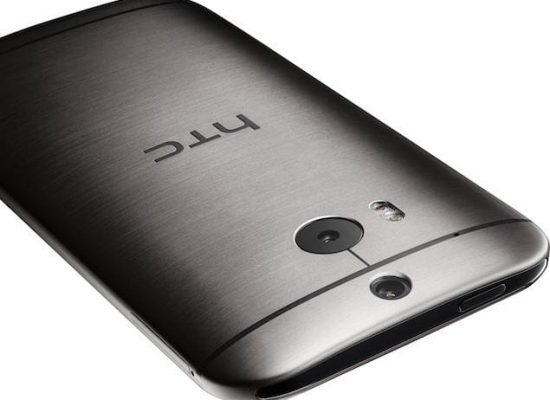| SPECS & Features | |
| What's New? |
The R5’s most standout characteristic is its asymmetric design. Generally, phone frames have symmetrically rounded corners for both aesthetic and ergonomic reasons. This approach, however, was not suitable for the OPPO R5’s 4.85mm ultra-thin frame. Each corner of the R5’s frame has two curves that are the same diameter but are different heights (in contrast with commonly used symmetrical curves), with the upper curve being slightly longer than the lower curve, this results in side curves slightly tilting up in a more robust fashion. To be exact, the frame’s upper curve is 2.6mm and its lower curve 1.4mm. This seemingly minor difference in length allows the phone to fit exactly within your palm, this ergonomically designed curve is what OPPO calls the “micro-arc frameâ€. Unparalleled Investment: Customized Tools Plus Hand-Polishing. The construction of the micro-arc frame, which combines an excellent grip with pleasing aesthetics is rather complex because it involves an unprecedented application of CNC* machining to a high-hardness material like stainless steel. Therefore, OPPO worked with its suppliers to tailor-make a set of tools to machine the micro-arc frame for the R5. In order to ensure adequate hardness, the stainless steel used to make the micro-arc frame had undergone four forging applications and was pressed five times in order to take it to a hardness of 250HV, which is around 50HV higher than most other smartphones released previously this year. A new tailor made tool was installed for every 100 R5 frames produced to ensure flawless quality. The CNC machining leaves tool marks on the frame which are generally machine-polished, but this approach was not suitable for the micro-arc frame because it would flatten the micro arc, undoing the previous precision manufacturing. In response, OPPO made a decisive decision to use trained craftsmen to smooth and polish the tool marks on each and every device by hand. This in turn raised production costs; however, hand polishing the R5 not only brought a personal touch of excellence which can be seen in premium Swiss watches, it also enabled us to make sure every single micro-arc frame was flawlessly smooth without any imperfections. Sophisticated Manufacturing Processes Rreate a Silky Smooth Texture. The considerable input into the making of the micro-arc frame was just the first step to in creating the perfect handset. To minimize scratches from daily wear and tear, OPPO made use of a unique PVD*** process to strengthen the integral structure of the R5, whiched increased the hardnessfrom 250HV to 400HV. Aditonally, OPPO constructed a specially treated aluminum alloy body and frame that work in cohesion through 3D welding. In total, the R5 is forged four times, undergoes five rounds of high pressure treatment and a fully comprehensive 55-step production process, which is the most complicated in mobile history. The concluding results are what can be considered as the toughest ultra-thin smartphone in the world. In spite of all these efforts, there was yet another final challenge to overcome! The challenge was how to optimize the R5’s grip, so we turned our attention to the back cover. OPPO reached out the world’s leading coating material producer and commissioned a customized new material for the R5. The material, based on imported eco-friendly resin and enhanced by more than 20 auxiliary materials, is coated on the R5’s metal back cover in three layers. It is worth emphasizing that every coating layer is thinner than ordinary paints. The silvery colored paint, in particular, is only one fifth of the thickness of ordinary colored paints. By controlling the thickness of every micron, OPPO delivers a stainless steel handset which fits perfectly into the users’ hands. Meanwhile, the industry’s finest paint contributes to the R5’s extraordinary surface smoothness. The combination of uncompromising R&D and huge input eventually culminates in the best grip of the OPPO R5’s unique micro-arc frame and the satisfyingly delicate smoothness of its back cover. This ultra-thin handset, which gives the best and most convincing expression of OPPO’s relentless pursuit of perfection and its ability to translate ideas and values into effective action, has more thoughtful details which wait for you to experience personally. *: CNC, the abbreviation for computer numerical control, is the automation of machine tools that are operated by precisely programmed commands. **: Vickers hardness (HV) is a measure of hardness first put forward by British scientist Vickers. ***: PVD, or physical vapor deposition, is a physical process which deposits atoms or molecules from their sources to the surface of base materials. It is used to spray particles with desired properties (high strength, abrasion resistance, heat dispersion, decay resistance, etc.) on base materials where those properties are needed. Common PVD techniques include vacuum evaporation, sputtering and ion plating (hollow cathode discharge ion plating, hot cathode ion plating, arc ion plating, activated reactive ion plating, radio frequency ion plating and direct current arc discharge iron plating). (Visited 26 times, 1 visits today)
|
Today's Prices
The Mobile Phone Prices / price list is updated on daily basis from local Mobile shops & Mobile dealers in Pakistan. However we cannot guarantee that mobile prices / price list on this page is 100% correct (Human error is possible). Always visit your local shop/market for getting latest/ exact mobile phone prices.








No comments!
There are no comments yet, but you can be first to comment this article.